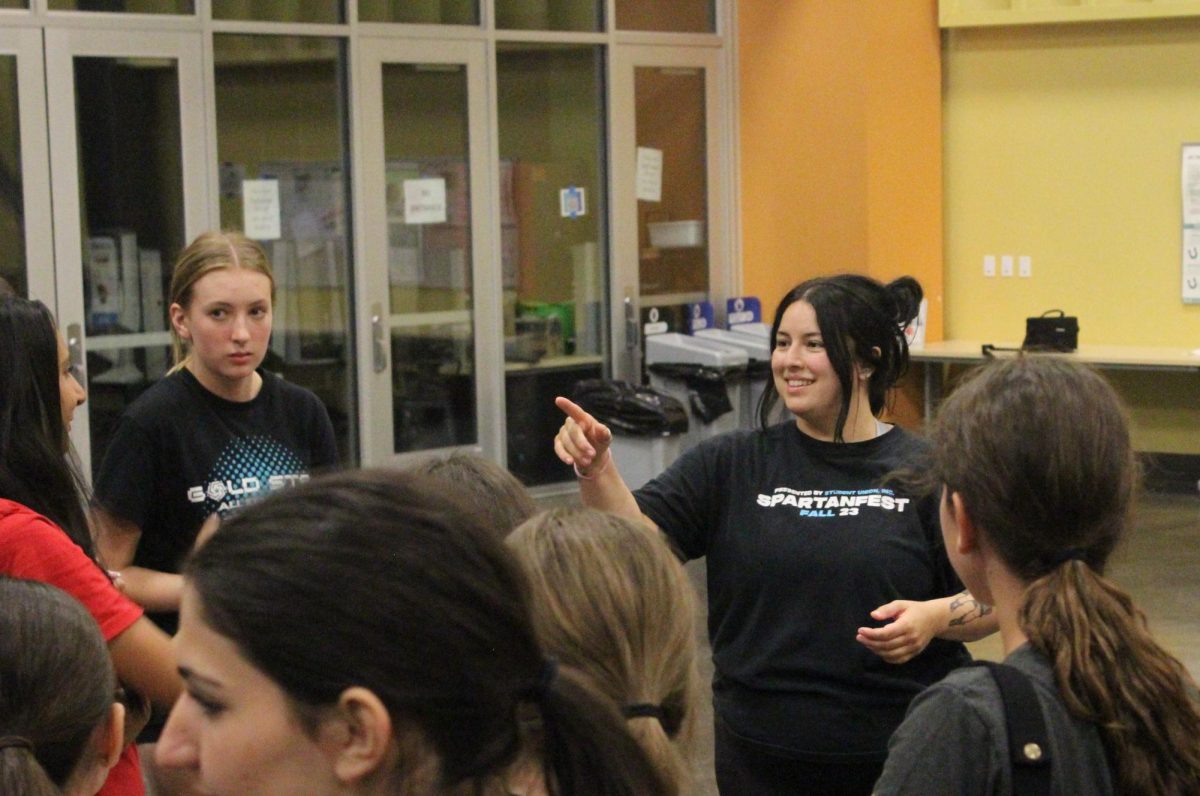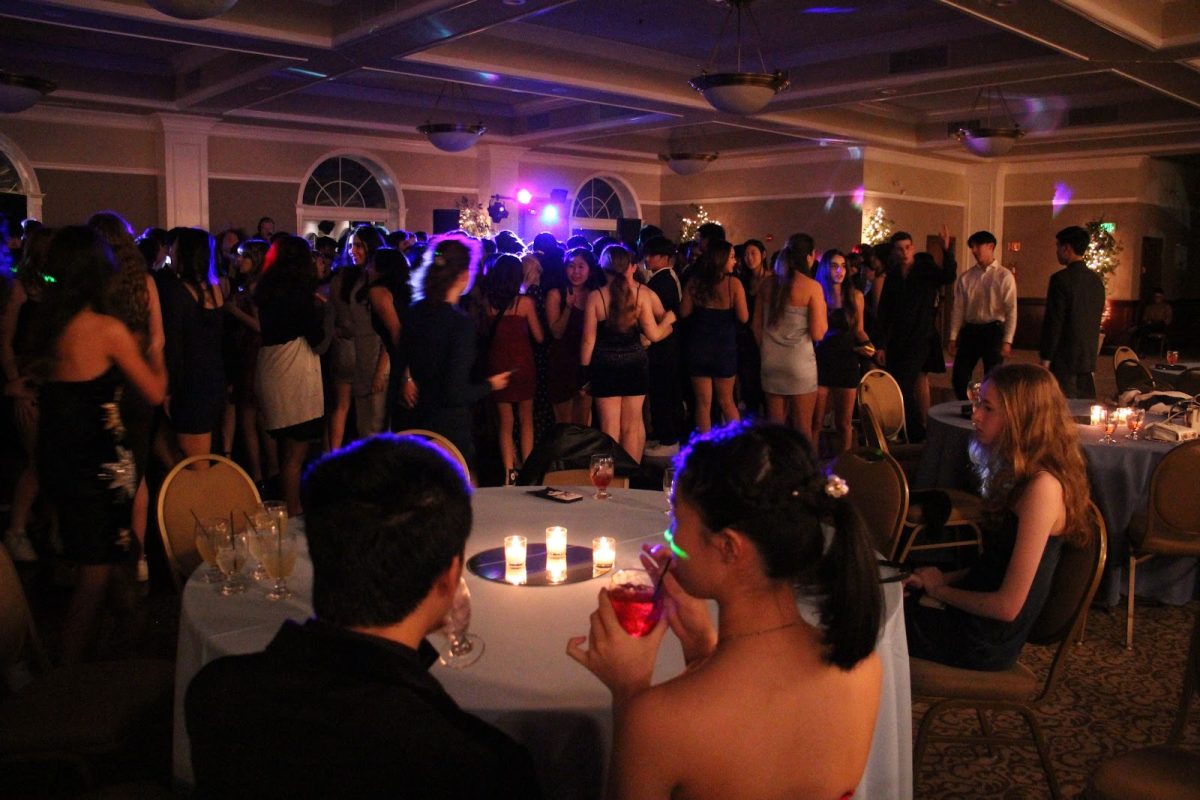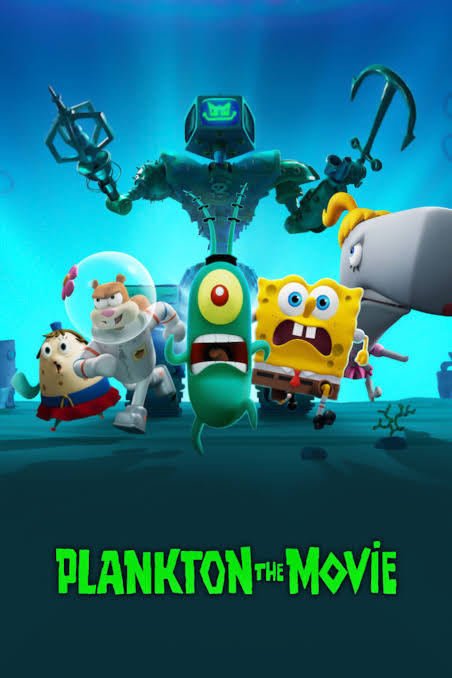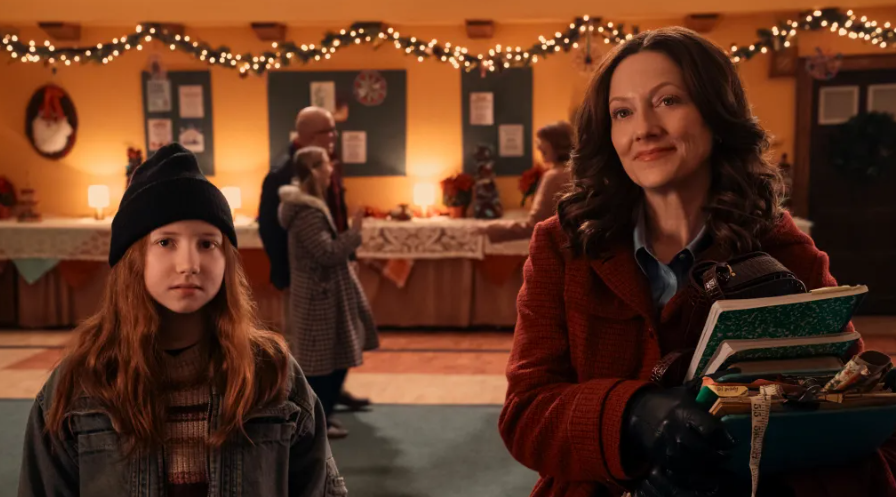“It might seem crazy what I’m ‘bout to say,” but I knew nothing about Pharrell Williams before stepping into the movie theater. However, his new documentary “Piece by Piece,” released Oct. 11, exposes a new, more personal piece of him.
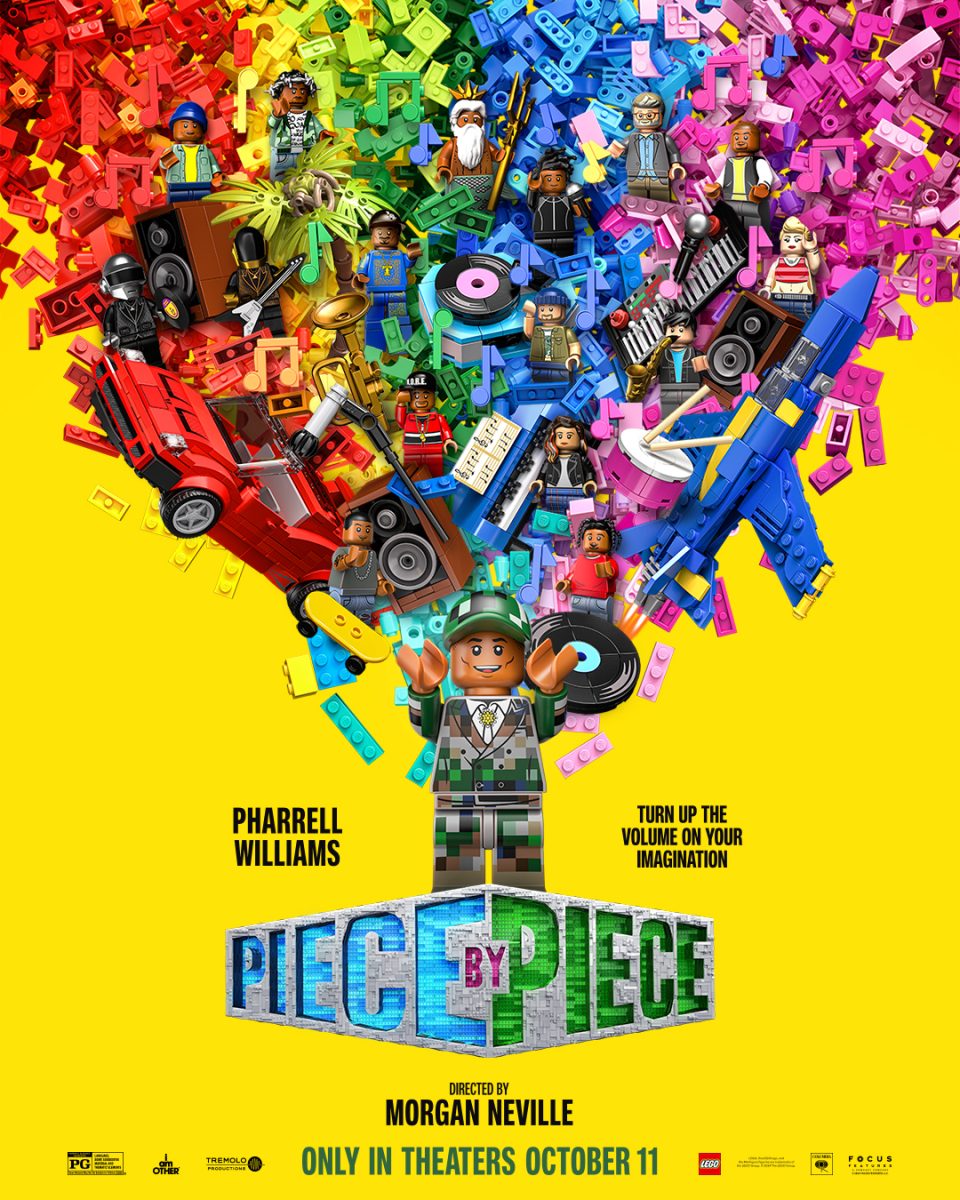
When I first heard about a new documentary made using the stop-motion and animation of Legos, I was skeptical. The serious documentary vibe had the potential to take away from the classic toy brand, a staple of my youth.
Contrary to my expectations, the movie is a refreshing change from the regular feel of a Lego movie. Rather than being a movie solely for kids, “Piece by Piece” is an intriguing narrative that appeals to all audiences.
“Piece by Piece” delves deep into the distinctive life of Williams, starting with his childhood and bringing the audience along on his rise to fame. It describes his challenges and accomplishments, both big and small.
Williams also discusses how his synesthesia, the perception of multiple senses while using one, made it hard to see things normally. The movie uses Legos to reflect his perspective of the world onto the screen.
By utilizing the bright colors of Lego with background music that he wrote, Williams illustrates a story through both sound and sight.
It is fascinating to see the creative ways animators use Lego to create elements in the movie. Moments requiring more complex movement, such as the flow of water or the moving of guitar strings, were done skillfully, with all movements being smooth while keeping the Lego vibe.
The scene when Williams starts his first band, The Neptunes, puts the innovative use of Lego on display. As Williams discusses taking inspiration from anywhere in life, he takes pieces of Lego out of the things around him: clouds in the air, fire hydrants on the sidewalk, the moon on a beach. In doing so, he creates a visual representation of his thought process, something unachievable in a normal documentary.
Another notable way Lego is used is to develop the movie’s characters. “Piece by Piece,” unlike other Lego movies, features a multitude of real celebrities apart from Williams, such as Snoop Dog and Kendrick Lamar. The movie animators accurately portray these real people as Lego characters, who look both like a classic minifigure as well as the person they represent.
One issue I had was that it is boring compared to past Lego movies. Still, even though it strays from the usual action-based nature of previous Lego movies, “Piece by Piece” is interesting in its own way, showcasing the versatility of Lego while telling a biographical story.
Ultimately, the movie is a documentary, and its purpose is to be educational and accurate. Despite these limitations, the movie is able to provide a balance between engaging storytelling and accuracy.
The movie’s informative tone is balanced by its soundtrack, a vital part of the story. The use of many of Williams’s greatest hits, such as “Happy,” brings an upbeat vibe to the theater. As Williams discovers music for himself, the movie includes more music in the background, allowing the audience to follow his life journey.
The lighthearted atmosphere of Lego is balanced out by its informative storytelling, creating an engaging narrative that enlightens me about Williams’ life. I hope Williams’s step toward a different form of autobiography builds the way for other stories to be told in a similar manner, whether it is with Lego or other creative mediums of art.










